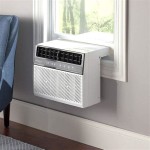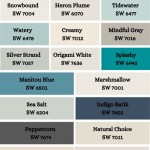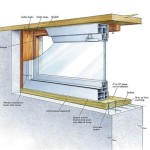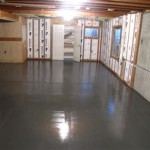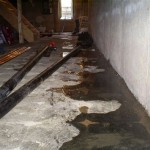Blanket Insulation For Basement Walls
Installing insulation in basement walls is an essential measure for improving the energy efficiency and livability of your home. Blanket insulation, also known as batt insulation, is a popular choice for this application due to its ease of installation, cost-effectiveness, and good insulating properties.
Blanket insulation is typically made of fiberglass, cellulose, or mineral wool. Fiberglass is the most common type and offers a balance of performance and affordability. Cellulose insulation is made from recycled paper and has high sound-dampening qualities. Mineral wool insulation is made from natural materials and is highly fire-resistant.
### Benefits of Blanket Insulation for Basement Walls *Energy efficiency:
Installing blanket insulation in basement walls can significantly reduce heat loss and improve the overall thermal performance of your home. This can lead to lower energy bills and a more comfortable indoor environment. *Moisture control:
Blanket insulation helps to control moisture in the basement by absorbing and releasing moisture vapor. This can prevent condensation and mold growth, creating a healthier living space. *Sound dampening:
Blanket insulation can help to reduce noise transmission from outside or between different areas of the basement. This can create a quieter and more peaceful environment. *Fire resistance:
Mineral wool insulation is particularly fire-resistant, offering an added layer of protection for your home. *Ease of installation:
Blanket insulation is relatively easy to install, making it a good choice for do-it-yourself enthusiasts. ### Installation Process 1.Prepare the walls:
Remove any obstacles or debris from the walls to ensure a smooth installation. If there are any cracks or gaps, fill them with caulk or expanding foam. 2.Cut the insulation:
Measure and cut the insulation batts to fit between the wall studs. 3.Install the insulation:
Push the insulation batts into the wall cavities, ensuring that they fit snugly and without gaps. 4.Cover the insulation:
Cover the insulation with a vapor barrier, such as polyethylene sheeting, to prevent moisture from entering the insulation. 5.Seal the edges:
Seal the edges of the vapor barrier with tape or mastic to prevent air leaks. ### Tips for Effective Insulation *Choose the right R-value:
The R-value measures the insulation's ability to resist heat flow. For basement walls, an R-value of 13 or higher is recommended. *Ensure a tight fit:
Avoid leaving gaps between the insulation batts or between the insulation and the wall studs. *Install a vapor barrier:
A vapor barrier is essential to prevent moisture from entering the insulation and compromising its effectiveness. *Consider soundproofing:
If noise reduction is a concern, use soundproofing insulation or add an additional layer of drywall over the insulation.
Basement Wall Insulation Knauf
Basement Blanket Insulation Building America Solution Center

Residential Foundation Insulation Blanket Cmi
Basement Blanket Insulation Building America Solution Center
Basement Blanket Insulation Building America Solution Center
Basement Blanket Insulation Building America Solution Center

Inorganic Basement Wall Panels In Stamford Norwalk West Hartford By Expert Contractors To Beautiful Insulated

Average Cost To Insulation A Basement Forbes Home

Basement Blanket Insulation Building America Solution Center

Tlp R20 4 Ft X 35 Fibreglass Basement Insulation Foundation Blanket Investments Hardware Limited
Related Posts
